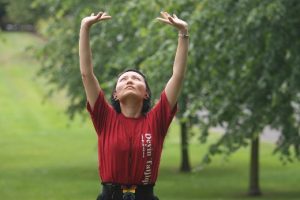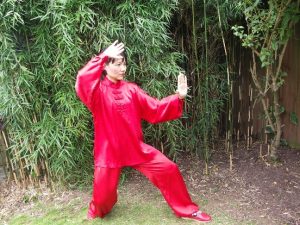by Brian Corless
The aim of this article is to let the Australian Tai Chi community know about the need for more people in Australia to become more physically active and to ask for your help with ideas and suggestions about getting more people involved in Tai Chi.
In 2018 the United Nations World Health Organisation (WHO) released its Global Action Plan for Physical Activity (2018-2030) with the slogan “Let’s Be Active: Everyone, Everywhere, Everyday”. Australia is one of 168 countries that signed up for the Global Action Plan and agreed to develop ways to promote more physical activity with the message of “More Active People for a Healthier World”. Tai Chi and Yoga are both specifically named in the WHO Global Action Plan Report as activities worth promoting to get more people more active worldwide.
According to the Australian Heart Foundation, the WHO Global Action Plan has a goal of “a 15% reduction in the global prevalence of physical inactivity in adults and adolescents by 2030”. It also said that in 2019 “more than half of Australian adults are not meeting WHO activity guidelines” (i.e. not exercising enough for health benefits), and that Australia is in the bottom half of all countries (we are ranked 97 out of 168) in terms of levels of physical activity (including Tai Chi). Countries that fared better on the ranking than Australia included Uganda, China, Canada, Mexico and our neighbours Indonesia and Papua New Guinea.
The Heart Foundation reported that “52% of Australian adults and 80% of Australian children and young people (aged 5 to 17) are not active enough for health benefits”. They estimate that the cost of being inactive in Australia is $805 million each year, with a large part of those costs relating to healthcare funding ($640 million). The estimated cost of physical inactivity to Australian households is $124 million each year because of chronic lifestyle diseases, such as heart disease, stroke and diabetes related to lack of exercise which also shortens the lifespan of those Australians. These figures are damning and present a major challenge for Australian governments who say that they are committed to coming up with a National Action Plan on Physical Activity as part of the WHO Global Action Plan.
In its 2019 Blueprint for an Active Australia, the Heart Foundation identifies Tai Chi, among other activities such as aerobics and yoga, as improving and maintaining “…physical and cognitive function, social connectedness, preventing falls and maintaining our ability to independently cope with activities…” as we age. It recommends providing more community-based programs for seniors including Tai Chi and Qigong. Also, several recent health research studies support Tai Chi’s practice across the lifespan from children and adolescents through to adults and seniors.
In June, 2019 the Australian Department of Health published tips for increasing Physical Activity and reducing Sedentary Behaviour for Australians and identified Tai Chi as suitable for improving “flexibility in over 65’s”. We know, and the research evidence confirms, that Tai Chi has many more health benefits to offer younger and older Australians than our Health Department realises. How do we get that message across?
Despite the Heart Foundation’s damning figures for physical inactivity, the publishing of the Global Action Plan and Blueprint for an Active Australia presents an opportunity for the Australian Tai Chi community to get the message out to the public and to Governments that Tai Chi should be an integral part of the Australian National Action Plan for Physical Activity. The good news for Tai Chi is that medical research worldwide supports the role of Tai Chi for a healthier society. Volunteer organisations such as TCAA, Wushu Council Australia, WTQA, Chin Woo and others are doing a great job with limited resources promoting annual activities such as World Tai Chi and Qigong day, the Annual Moon Festival, annual competitions around the country, Lunar New Year festivals, training workshops, an academic Wushu conference and other activities. These organisations are volunteer-based and their hard-working committees deserve a round of applause from the rest of the Tai Chi community.
Despite this great work by these volunteer organisations, participation rates in Tai Chi in Australia remained at the same level over the past 10 to 15 years, with no significant increase in the number of people taking part. This has also been the story for participation rates in Tai Chi in the United States, despite an explosion of medical research articles worldwide demonstrating the health benefits of regular Tai Chi practice.
On the other hand, Yoga doubled its participation numbers in the USA between 2002 and 2012 and the difference was coordinated marketing campaigns by the American Yoga organisations. Similarly, physical fitness (aerobic and gym) activities in Australia increased in numbers participating between 2001 and 2010 because of a coordinated and strong public health message via the Fitness Industry and governments in the media. In 2019, Fitness Australia, the peak national body for the Fitness Industry, was invited to attend the 2nd WHO dialogue in Switzerland on implementing the Global Action Plan. What is this telling the Australian Tai Chi community? Do we stay the same or can we get better at promoting Tai Chi for a healthier Australia?
My question then to the Australian Tai Chi community is: How do you think we can best promote Tai Chi to the Australian public?
To answer this question, we need your help and opinions. If you have some experience in advertising and/or promotions or applying for funding please consider helping us by letting me know so that we can coordinate the talents of the Australian Tai Chi community. Alternatively, if you have any suggestions or ideas about promoting Tai Chi in Australia please email me at bcorless@shoalhaven.net.au and I’ll put your ideas together and forward them to the Tai Chi committees and let you know the results.
If you don’t have any suggestions or ideas, maybe you can email me with your Tai Chi story. We want to hear your story, for example, why did you start practising Tai Chi and what does Tai Chi mean to you?
With your ideas and stories, together let’s get this Tai Chi ball rolling for a healthier Australia.
*With thanks to Cyril Loa, TCAA for his comments.
About the author:
Brian Corless is a Clinical Psychologist on the NSW south coast and practises Tai Yi Tai Chi Chuan under
the tutelage of Sifu Wang Yun Kuo, Kungfu Republic Academy, Sydney.
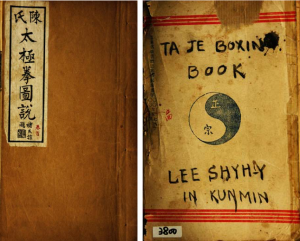 primary contemporary icons of Chinese tradition –the popular practice of Tai Chi‐and subjects its career in both China and the West, to a series of critical interrogations focusing on three main moments; the invention and (re)imagination of tradition, the practice’s migration from China to the West, and its translation by its English practitioners. During the Imperial period, when Tai Chi was defined primarily as a martial art, it was the focus of a sustained struggle between its official deployment as part of the military machine and its practice by clandestine societies and insurgent movement. It was simultaneously incorporated into the push to modernization and promoted as a part of an unbroken cultural legacy that defined the uniqueness of Chineseness in various forms during Republican China, Mao’s era and Post‐Mao era. The thesis also looks at the key figures and the process of institutionalization and indigenisation as the practice generated its own national professional associations and competitions in England since 1940s. Based on ethnographic research in the Midlands, the thesis explores the contending understandings of Tai Chi among its English practitioners. It explores the ways in which British instructors locate themselves within an ‘authentic’ tradition by way of a latent lineage system. This allows them to maintain their own personal commitment to Tai Chi as a martial art conflicts while working with the market drive for mass participation based on concepts of relaxation and alternative therapy and medicine. The ethnographic research also explores the ways that students in Tai Chi classes translate it into an indoors practices with an outdoors imagination, and as a bodily discipline with a spiritual basis, and how they construct their understanding of this spiritual dimension by drawing on polysemic interpretations of oriental conceptions such as Yin, Yang and Qi rather than the standardised references to Taoism in the public representations.
primary contemporary icons of Chinese tradition –the popular practice of Tai Chi‐and subjects its career in both China and the West, to a series of critical interrogations focusing on three main moments; the invention and (re)imagination of tradition, the practice’s migration from China to the West, and its translation by its English practitioners. During the Imperial period, when Tai Chi was defined primarily as a martial art, it was the focus of a sustained struggle between its official deployment as part of the military machine and its practice by clandestine societies and insurgent movement. It was simultaneously incorporated into the push to modernization and promoted as a part of an unbroken cultural legacy that defined the uniqueness of Chineseness in various forms during Republican China, Mao’s era and Post‐Mao era. The thesis also looks at the key figures and the process of institutionalization and indigenisation as the practice generated its own national professional associations and competitions in England since 1940s. Based on ethnographic research in the Midlands, the thesis explores the contending understandings of Tai Chi among its English practitioners. It explores the ways in which British instructors locate themselves within an ‘authentic’ tradition by way of a latent lineage system. This allows them to maintain their own personal commitment to Tai Chi as a martial art conflicts while working with the market drive for mass participation based on concepts of relaxation and alternative therapy and medicine. The ethnographic research also explores the ways that students in Tai Chi classes translate it into an indoors practices with an outdoors imagination, and as a bodily discipline with a spiritual basis, and how they construct their understanding of this spiritual dimension by drawing on polysemic interpretations of oriental conceptions such as Yin, Yang and Qi rather than the standardised references to Taoism in the public representations.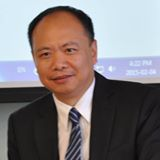 Gehao Zhang, assistant professor in Macau University of Science and Technology. He got his PhD in Loughborough University with an ethnography on British Tai Chi Practitioners, his recent research includes martial arts studies, media archaeology, digital anthropology and qualitative data analysis.
Gehao Zhang, assistant professor in Macau University of Science and Technology. He got his PhD in Loughborough University with an ethnography on British Tai Chi Practitioners, his recent research includes martial arts studies, media archaeology, digital anthropology and qualitative data analysis.
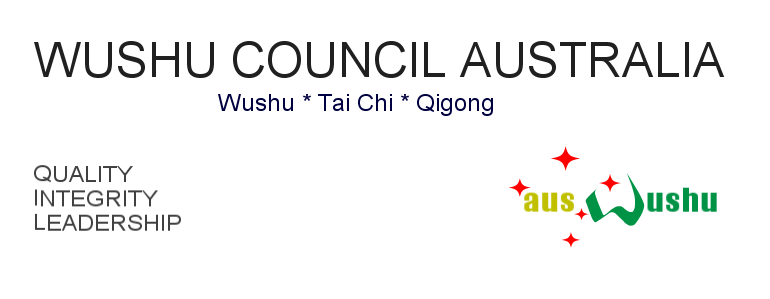
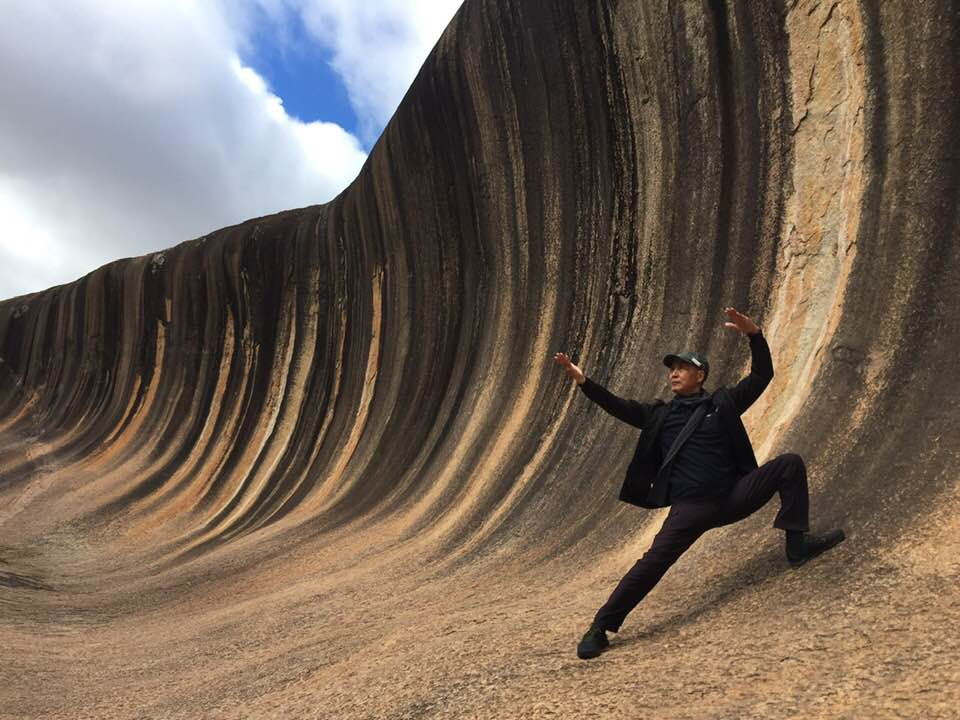
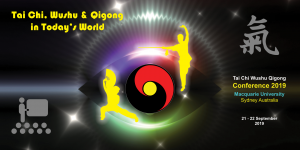 Tai Chi, Wushu & Qigong in Today’s World
Tai Chi, Wushu & Qigong in Today’s World 